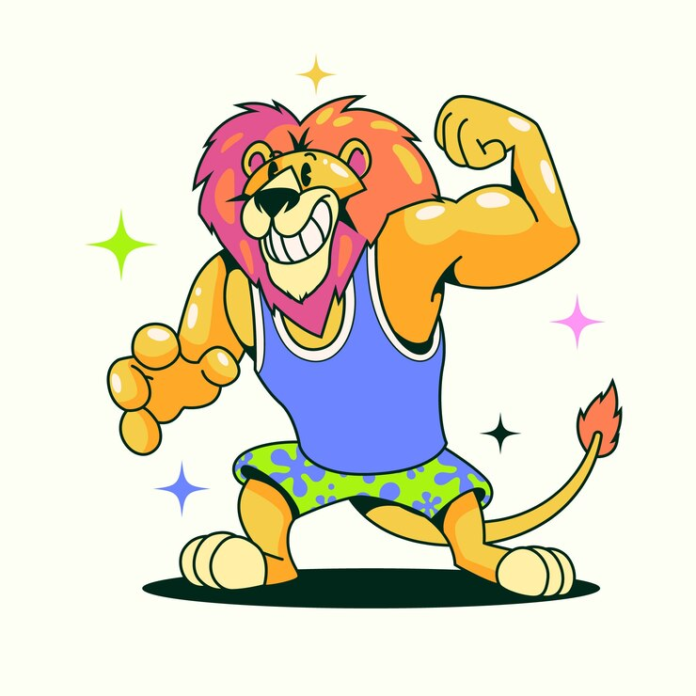
Apart from being an arena to showcase, the Olympic Games entail much more than merely an exercise in brute force and splendid athleticism of strength. From the 1960s, the mascots seemed to bear the burden of presenting the spirit of the Games. Such images are poignant and act as connectors that overlay culture, identity, and the virtues each host city wants to promote.
The Beginning of Olympic Mascots
Traditionally, having a mascot for the Olympic Games began in the 1968 Winter Olympics Games held in Grenoble, France. Known as Schuss, this figure of a skiing cartoon made people realize that future mascots would be symbols and have some positive associations with exercise and stamina. Thus, mascots became cultural symbols or emblems, giving each host nation something tangible that would remain even after the games.
While in the past, they were almost more abstract forms of people and animals, today, they are references to traditions and origins of the host country’s dreams. They carry out the principles of the Olympic movement, the themes selected by the host city, and how they want to be seen by the international community. Just like the evolving symbolism of the Olympics, Melbet continues to evolve, offering its users a dynamic and engaging platform. They were transformed into symbolic linkages of the Games with the people, often invoking the spirit of joy and enthusiasm among the spectators and actors.
Cultural Reflection on Mascots
Mascots have always been more than lovable characters – they are the host nations’ spirit, culture, and history. They embody low culture, so they can be used as a point of contact for foreign audiences to understand some cultural practices. For example, through events like the Olympics, platforms like Melbet offer a way for audiences worldwide to engage with and explore these unique cultural symbols, gaining a more profound understanding of traditions they may not have encountered. Some notable cultural mascots include:

- Fuwa (Beijing, 2008): Five characters written in the traditional Chinese style represent the peace and harmony of the two countries and five ethnic features of Chinese characters.
- Vinicius (Rio de Janeiro, 2016): Some animals are derived from the Brazilian fauna, since this country has a diverse fauna.
Therefore, these mascots are more than entertaining; they portray the features of the host country and are cultural icons of pride and oneness.
Modern Mascots and Their Evolution
Over the decades, Olympic mascots have transformed from mere symbols to complete representations of modern values. These characters can be perceived as reflecting the host country’s agenda related to business, technology, environmental friendliness, or interconnectedness rather than beauty.
Technological Integration
This paper will also discuss how Olympic mascots have evolved due to this change in technology as it becomes more technological. While previously, it was only possible to have toys and keychains with anime characters, a game character, or an Internet celebrity in the 2000s, it is possible with the help of augmented reality, virtual avatars, and social networks. This is the case of a youth cultural center in Tokyo called Marietta, which operates only through performance, mainly in the form of apps and other interactions during 2020. Therefore, this evolution shows how the Olympics use it to ensure that fans worldwide are included while running and enjoying this event physically.
Environmental Awareness
The last element we can distinguish and which appears much more in today’s Olympic mascots is the side of the environment. The modern trend in choosing the imagery of recent years’ mascots is protecting the environment: People worldwide are already endangered by urgent ecological crises. The Wedlock and Mandeville of London 2012 were created with this concept to reflect the Games’ environmental responsibility, as the mascots are made of recycled materials. In 2022, Beijing’s “Bing Owen,” a panda in an icy shell, promotes winter sports while hinting at climate change. These mascots are, in a way, symbolic of the Olympics – not only a sport but also the future of the planet.
Mascots as Marketing Icons
Olympic mascots are not simply cultural icons, but marketing machines driving billions of dollars of merchandise and branding. Over time, mascots have metamorphosed into actual embodiments of pure business fortune. Key moments in their marketing history include:
- Sam the Eagle (Los Angeles, 1984): This, in turn, led to the circulation of sales of soft toys, souvenirs, apparel, and other products worldwide.
- Izzy (Atlanta, 1996): The first fully computer-animated mascot, and it was featured extensively in digital and television advertisements.
- Vinicius (Rio 2016): This became a global process, including video games, applications, and social media contact.
These mascots were designed for fans and just for the people, thus ensuring long-term income for the Olympic Games.
Final Thoughts
This means that, at a deep level, it would be possible to argue that Olympic mascots are not logos but narrators who are permanently narrating culture and the globe. Symbolizing the dynamic nature of the Games, they exist in the forms of plush toys and digital avatars and are unforgettable ambassadors of every Olympiad.

